AI Copyright Law 2025: Surprising Global Policy Shifts That Could Change Everything
Recent developments reveal how courts and agencies are beginning to draw sharper lines between fair use, licensing and outright infringement, especially in cases where generative AI systems rely on copyrighted material for training:
- The US Copyright Office released Part 3: Generative AI Training in May 2025. It maps how copyrighted works are gathered and used. It emphasized that fair use depends on purpose, market effect, lawful access and the degree of transformation.
- Artists and publishers continue pressing for licensing, transparency and compensation as generative AI expands.
- In Thomson Reuters v. Ross Intelligence, a court ruled that copying Westlaw headnotes to build a competing research tool failed under fair use. The ruling pointed to commercial purpose, similarity and market harm as decisive.
- In Andrea Bartz et al. v. Anthropic, Judge William Alsup held that training a large language model on copyrighted books — even when obtained legally — was “exceedingly transformative” and constituted fair use. Mike Keyes, Partner at Dorsey & Whitney, drew a crucial boundary: “This case is about inputs, not about outputs.”
Related Article: Inside Anthropic’s $1.5B Generative AI Copyright Lawsuit Settlement
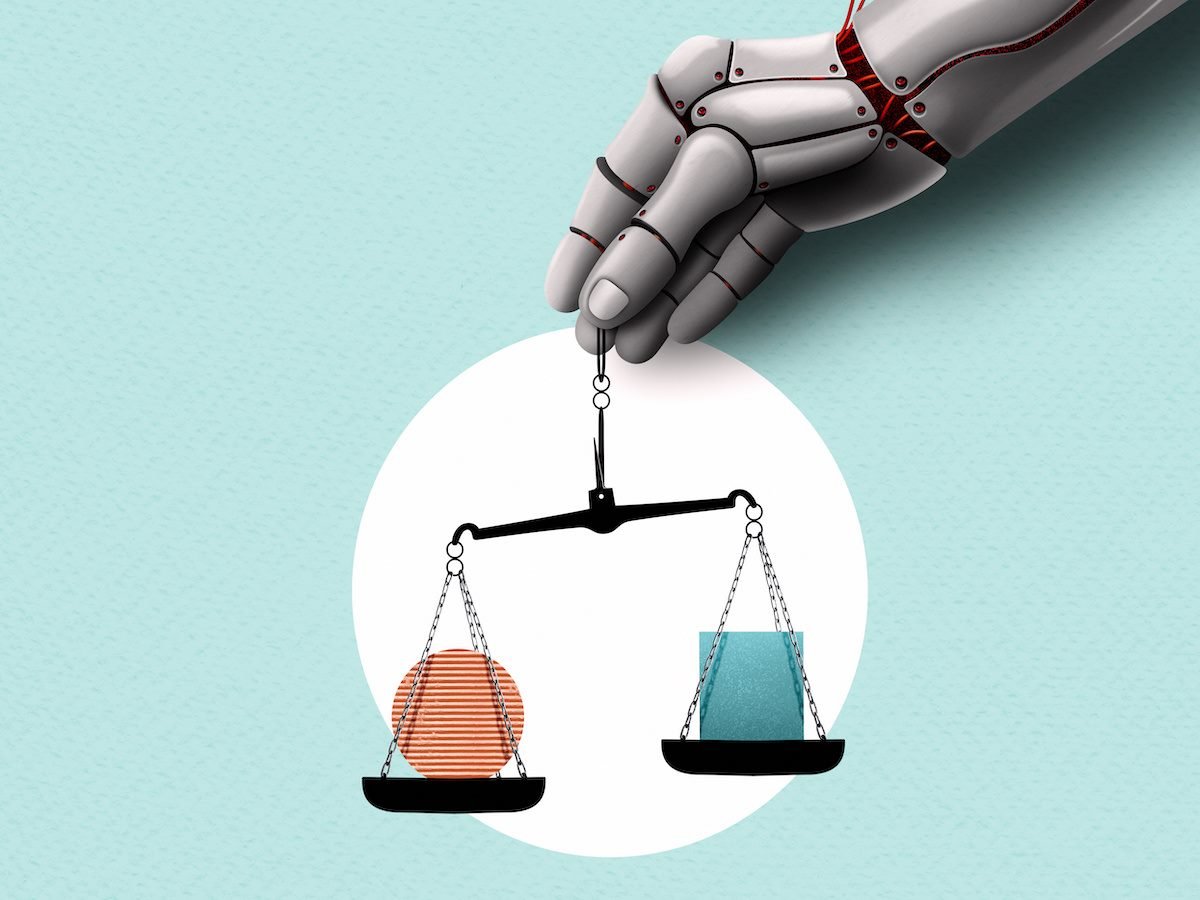
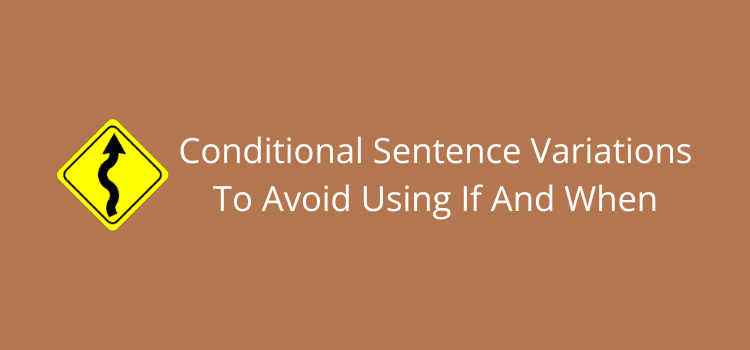
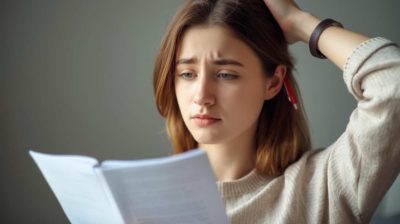
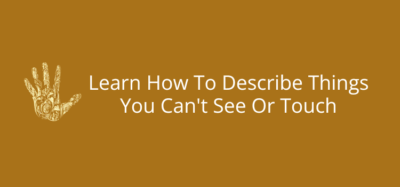


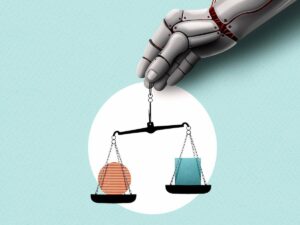
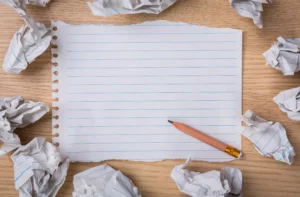
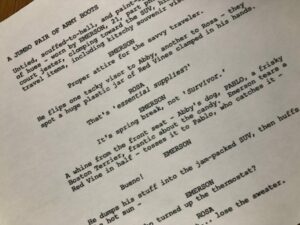




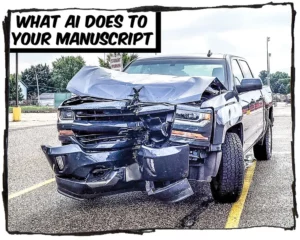
Post Comment